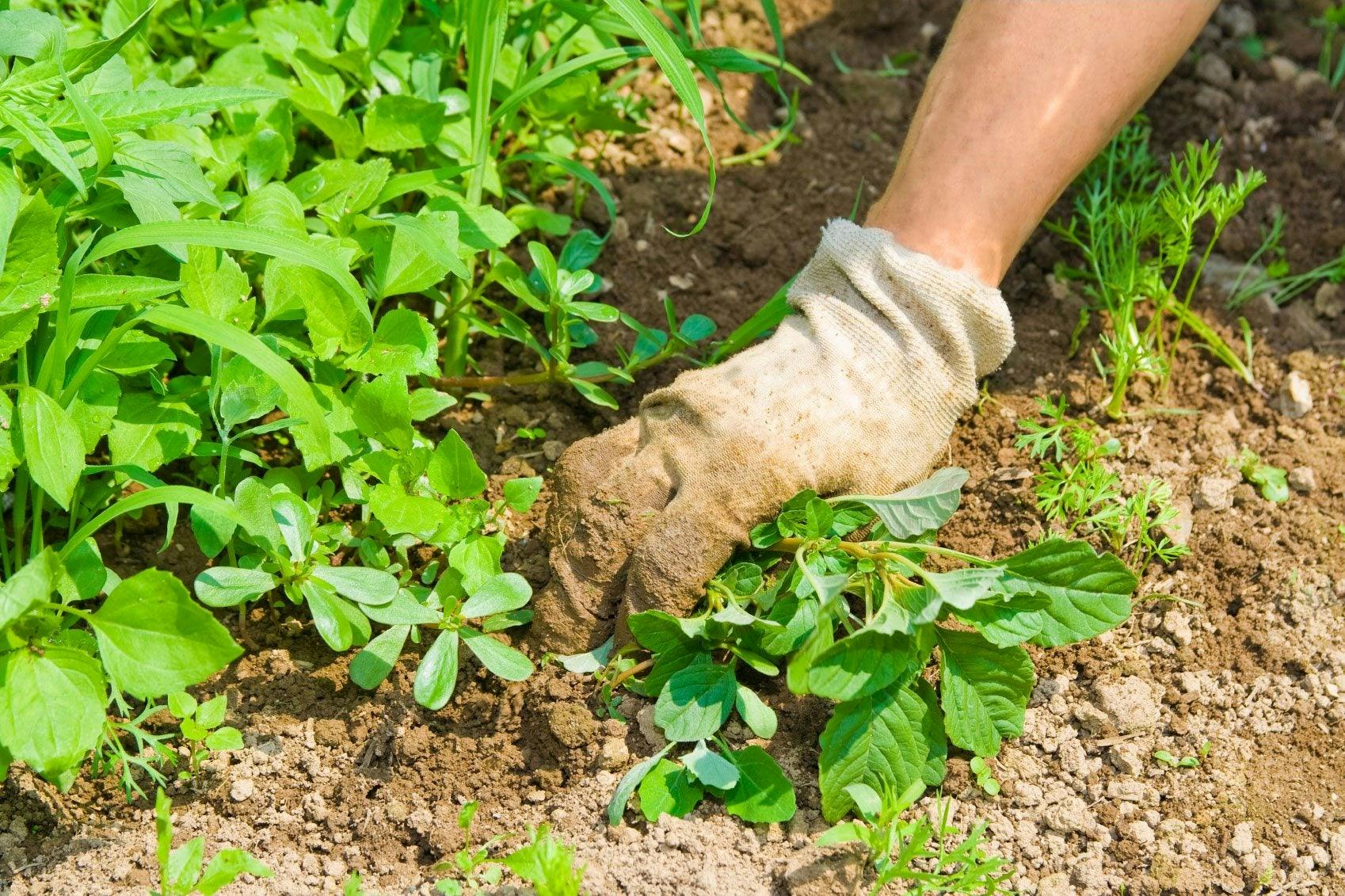
The main aim of weed control is to manage the vegetation on land and water bodies in such a way as will encourage the growth of plants beneficial to humans and will suppress the remaining unwanted plants. Indiscriminate application of control measures against plants is not the objective of weed control.
Weed eradication is the complete removal of all live plant parts and seeds from an area. It is an expansive adventure since it costs more than that of the land. Besides complete elimination of all vegetation is not wanted as many of them are useful. Eradication of some noxious weeds such as Cuscuta, Xanthium and Lantana can be done. Eradication should start when the weeds are small and limited in growth and spread.
One must gain knowledge of the biology of weeds under attack before choosing a system for their control. The nature of weed problems must be surveyed in the target area. Weed control measures must be planned for the whole farm and not just against weeds in a field. Weed control system must follow up programme of weed prevention measures.
For successful control, one has to consider the following points:
1. Habits of weed plants: A xerophytes weed (E.g. Alhagi camelorum) thriving under dry & arid conditions will die if fields are flooded with water. Similarly weeds which thrive under marsh or ill drained condition of soil can be controlled by improving drainage.
2. Life cycle of the weed: Annuals & biennials can be controlled effectively if the land is cultivated before seedling stage of weeds. Perennials require deep ploughing to dig out rhizomes, bulbs, etc. vegetative part by which they propagate.
3. Susceptibilities: Some weeds are susceptible to certain chemicals while others are not. E.g.: Dicots are susceptible to 2, 4-D while monocots are not, hence 2,4-D is used to control broad leaved weeds in monocot.
4. Dormancy period: While controlling dormancy weeds, period is to be considered as they have long dormancy period.
5. Resistance to adverse conditions without losing viability: Some weed seeds have hard seed coats which enable them to remain for a long time without losing their viability, hence they should be controlled before seed formation.
6. Methods of reproduction: Weeds propagate either by seeds, vegetative parts or by both. Seeded weeds should be removed or smothered before seed formation. Vegetatively propagated weeds should be exposed to sun heat to dry & die like rhizome, bulbs, stolons, etc. by deep ploughing. Frequent cultivation leads to destroy green leaves & thereby exhaust the food reserves & starve the plants may have to be restored too. In weeds propagated by both mechanical & chemical methods may have to be followed.
7. Dispersal of seeds: Weeds can be controlled or kept in check if the ways in which different weed seeds disseminate are known and counter measures are undertaken.